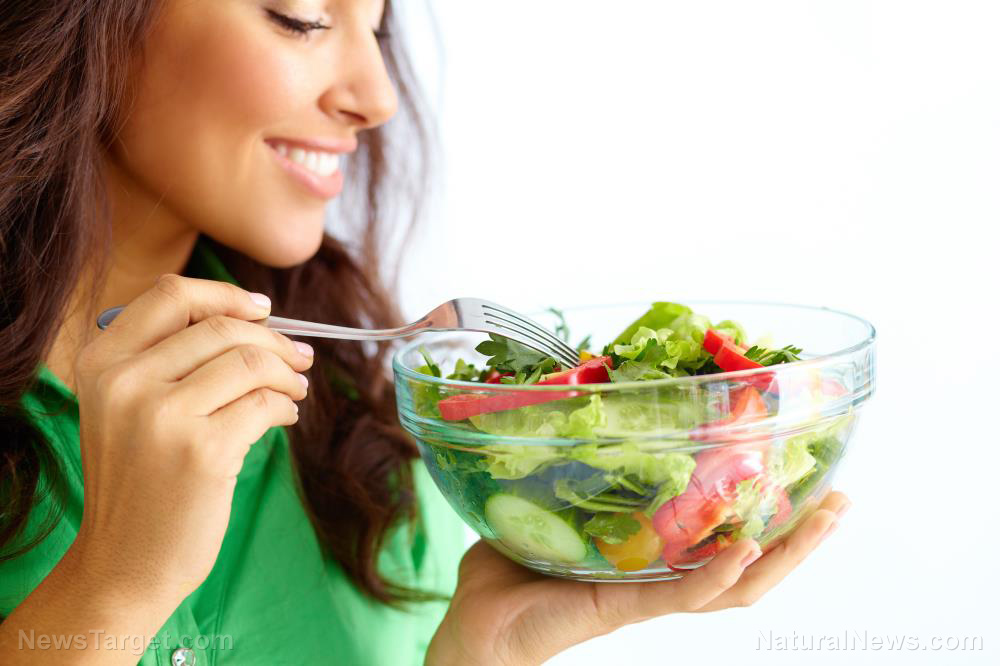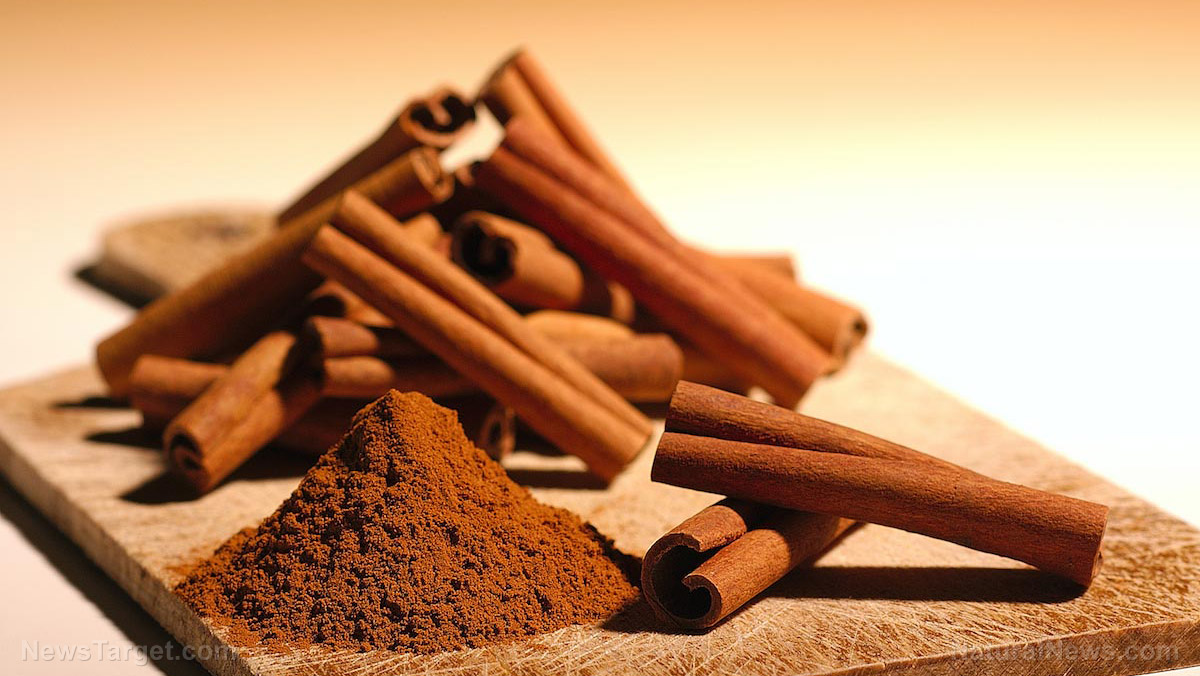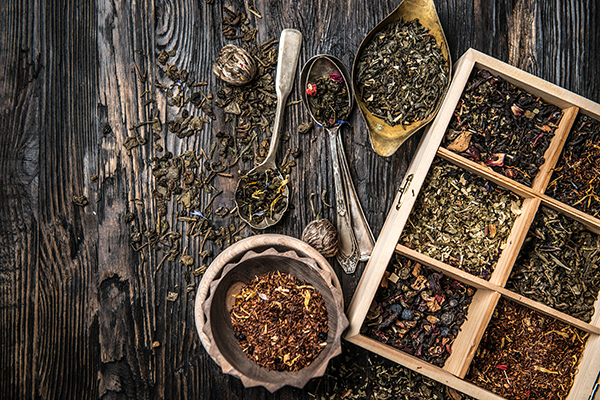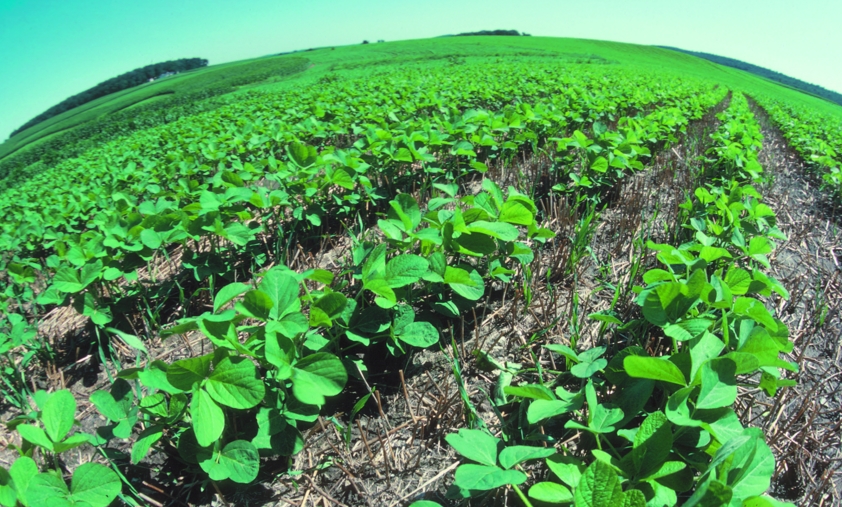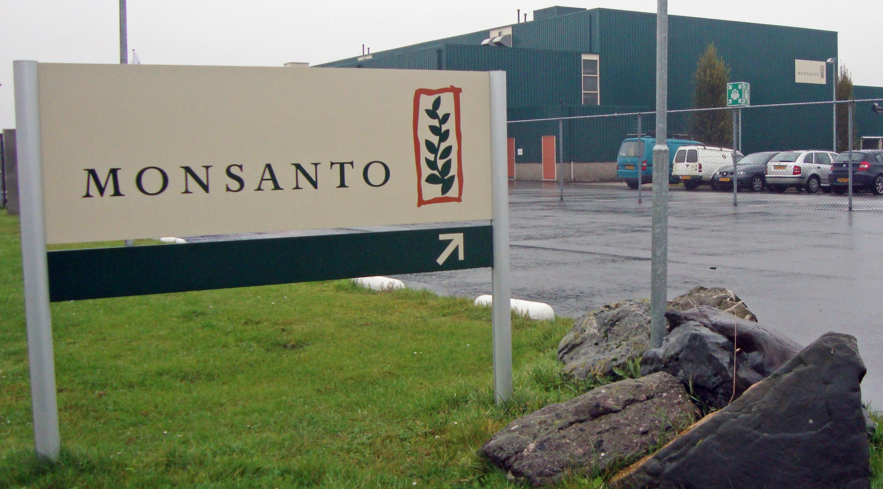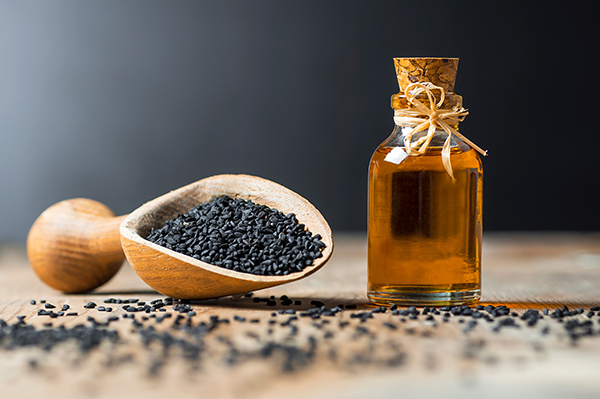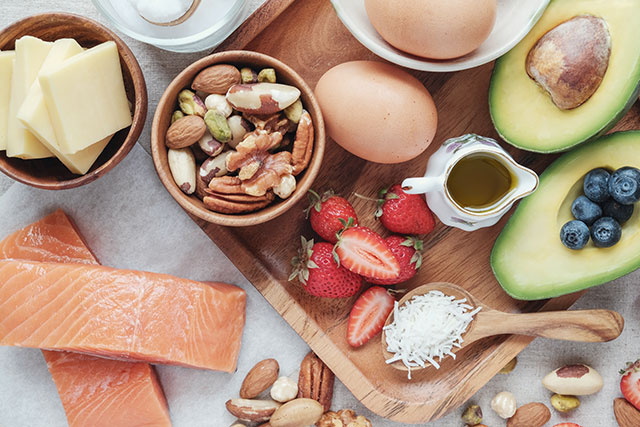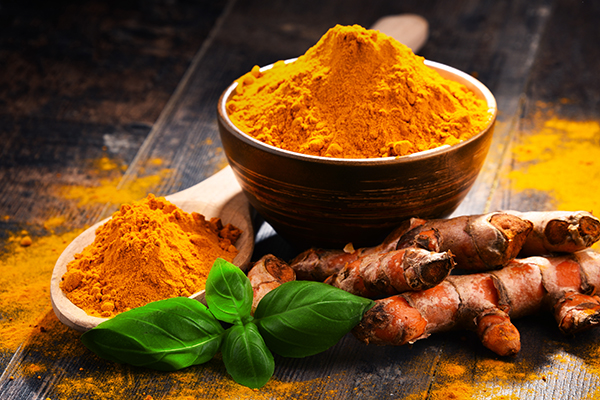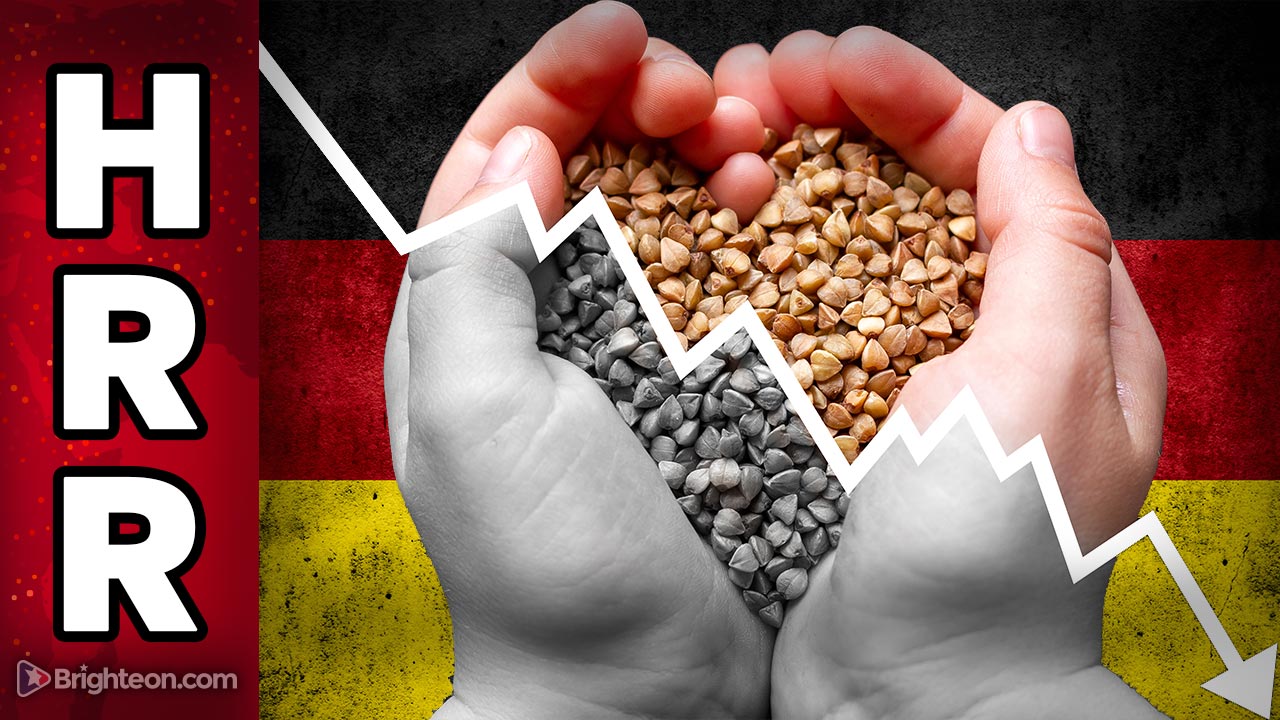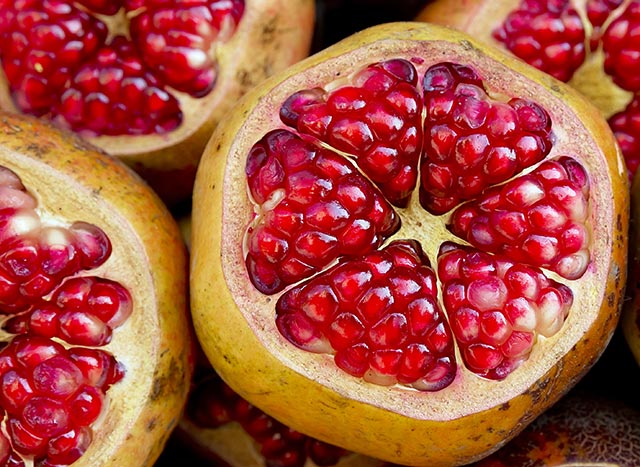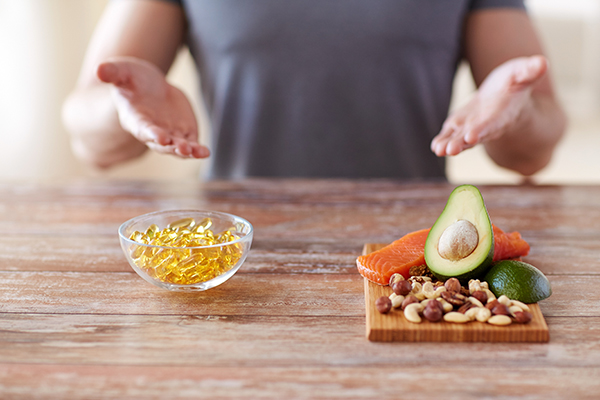Here’s why you should eat more millet, a superfood packed with protein and fiber
12/01/2022 / By Zoey Sky
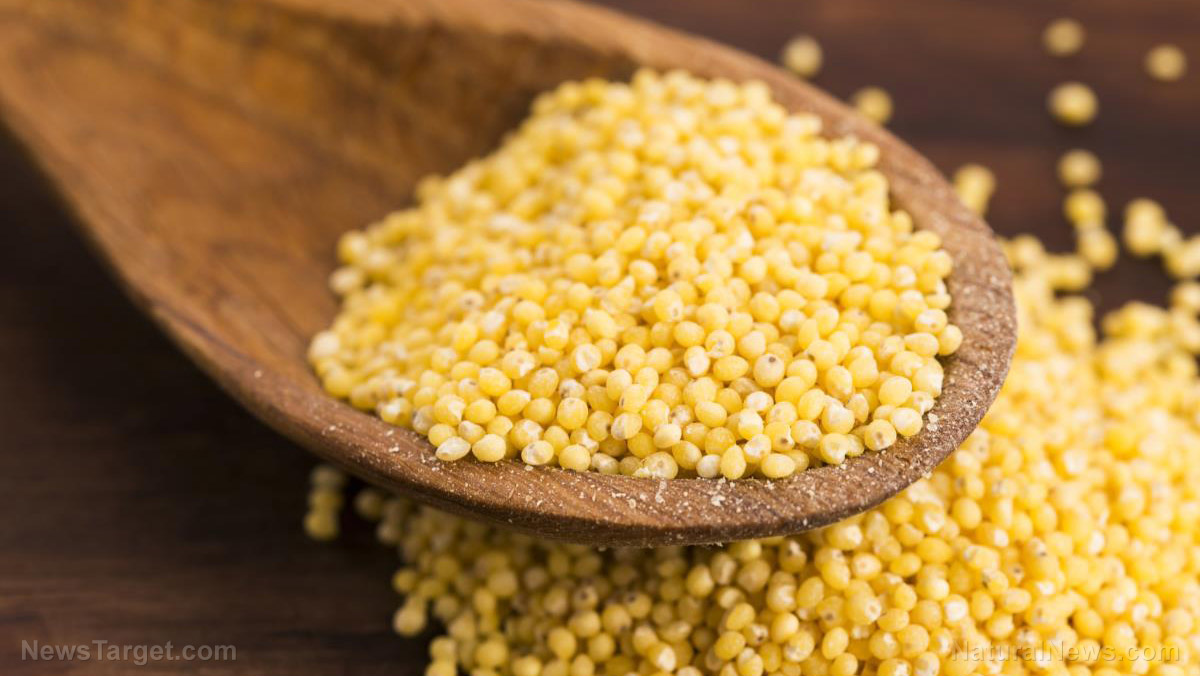
Millet is technically a seed, but its properties are similar to whole grain.
This ancient grain may not be as popular as oatmeal or quinoa, but this corn-like seed grain is a great source of fiber.
If you’re looking for an alternative to brown rice and oatmeal, try millet.
Millet: A nutritious cereal grass
Millet is a type of cereal grass from the Poaceae family.
While millet is also commonly found in bird food, it is also a nutritious grain for the human diet. In fact, many countries worldwide consider millet a diet staple.
Most of the millet you can find in grocery stores today is grown in countries like China, India and Niger.
Millet is a naturally gluten-free grain that looks similar to a corn kernel. It has a relatively mild flavor with slight notes of a sweet, corn-like flavor. Its texture is fluffy like couscous and a bit denser than quinoa.
Millet doesn’t alter the flavor of most recipes, making it a versatile ingredient that you can easily incorporate into different recipes. It’s also a great option if you’re looking for a more affordable grain to add to your meal plan.
Nutritional profile of millet
Like other whole grains, millet has an amazing nutritional profile.
One cup of cooked millet contains six grams of protein and two grams of dietary fiber.
Millet is also rich in folate, B vitamins and minerals like calcium, iron, magnesium and phosphorus. The combination of fiber and protein promotes healthy digestion since the insoluble fiber content acts as a prebiotic, which feeds the beneficial bacteria in your gut microbiome.
In a review published in the journal Frontiers in Nutrition, scientists observed a link between eating millet and higher levels of hemoglobin, the iron-rich protein that carries oxygen throughout your body. Results showed that regularly eating millet may help reduce iron deficiency anemia, a condition linked to at least 50 percent of anemia cases worldwide.
Unlike other grains, millet is a relatively low-glycemic food. Earlier studies suggest that millet may be a helpful food for supporting healthy blood sugar levels.
And that’s not all. Millet even offers environmental benefits.
Millet is known to have a low carbon footprint because it doesn’t need much water compared to other crops and it grows well even at high temperatures.
Superfood showdown: Millet vs. quinoa
Millet and quinoa are both impressive superfoods, but the two have certain differences and similarities.
Quinoa has all nine essential acids, making it a complete protein. Meanwhile, millet has to be paired with another grain or seed like chia or flaxseed to be a complete protein.
As for the pH of these grains, quinoa is acidic and millet is alkaline. This means millet is a better choice if you have a sensitive stomach since it is easier to digest.
Millet and quinoa also have some similarities. Both are naturally gluten-free and are considered whole grains.
Because both quinoa and millet have prebiotic properties, they can help boost your gut health.
Tips for cooking millet
Millet is a versatile superfood. Like rice or quinoa, millet is a nutritious carb or grain option to round out your meals.
Millet flour
Millet flour can’t be used as a substitute for all-purpose flour, but it can be a great addition to recipes if you want to boost your fiber and protein intake. To make the flour, grind up millet.
This nutritious, gluten-free flour can be used to make your favorite bread and baked goods.
Using millet
Boiling is the best method if you want to prepare millet on its own.
The common ratio of liquid to millet is 2:1 cups. When hydrated and cooked, millet can triple in size and take on a soft, fluffy texture.
Cooked millet can be added to salads, soups, or chilis. It can also be served as a side dish.
Try these recipes to make millet flour and bread.
Homemade millet flour
Follow this recipe to make millet at home.
Ingredients for 1.25 cups of flour:
- 1 Cup unpolished millet (e.g., barnyard millet)
- Water, as needed (For washing and soaking the grains.)
Preparation:
- Place the millet in a bowl. Add some water, stir well and strain out the water. Repeat if necessary.
- After washing the millet, add just enough water to cover the grains completely. Cover with a lid and let it soak for six to eight hours or overnight.
- The next morning, drain out the water and let the millet sit until all the water drains out. The millet water is nutritious and can be used to make dough or added to soups or gravies.
- Once the millet is completely drained, spread the grains out over a double-folded muslin cloth on a broad tray.
- Cover and expose the tray to sunlight. Leave the millet until it is completely dry. Every one to two hours, turn over the millet grains to help them dry faster. The drying will take about one day in summer or at least two days in winter. At night, bring the tray inside and let the grains dry under a fan.
- Once the millet is completely dry, grind it in a grinder until it is ground to a fine powder.
- Transfer the millet flour to an airtight bottle and use it as needed. Store at room temperature. Make millet flour in small batches since it will only last for about three months.
Millet sandwich bread
Follow this recipe to make vegan and gluten-free sandwich bread.
Ingredients for 1 large loaf:
- 2 and 1/2 cups (400 g) millet flour
- 2 and 1/2 cups (593 mL) water
- 1/3 Cup (27 g) of whole psyllium husks
- 1 Tablespoon cider vinegar (see notes for options)
- 2 Teaspoons baking powder
- 3/4 Teaspoon fine sea salt
- 1/2 Teaspoon baking soda
Preparation:
- Preheat the oven to 325 F (160 C). Do not use the convection setting for this bread because millet bread must be slow-baked.
- Spray or grease a 9×5-inch (22.5×12.5 cm) loaf baking pan or line it with parchment paper.
- In a large mixing bowl, whisk the millet flour, baking powder, salt and baking soda until combined.
- In a medium bowl, whisk the water, vinegar and psyllium husks until combined. Let the mixture stand for about five minutes until it has thickened into a gel.
- Add the psyllium mixture to the flour mixture and mix with a wooden spoon, rubber spatula or clean hands.
- Once the dough is done, scrape the bottom and sides of the bowl to combine all of the ingredients. The dough will be thick).
- Gather the dough into a rough ball while still in the bowl. Use your moist hands to shape the dough into a loaf shape that fits the loaf pan. Place the dough in the prepared pan. Use moist hands to smooth the top and round the sides slightly.
- Bake the dough in the preheated oven for 90 minutes until the surface is pale golden brown, dry and crusty. The bread will sound hollow when tapped.
- Cool the bread in the pan on a cooling rack for 15 minutes.
- Remove the bread from the pan and cool completely on the cooling rack before slicing and serving.
Notes:
- Store the cooled bread in an airtight container at cool room temperature for two days. The bread can be refrigerated for one week. If stored in the freezer, it should last for at least six months.
- If you don’t have cider vinegar, use an equal amount of any other vinegar or lemon or lime juice.
- Use whole psyllium husks, not psyllium powder. Whole psyllium husks look like small flakes and are pale tan.
Millet is a nutritious addition to your diet. This superfood is full of dietary fiber and protein and is suitable for gluten-free and diabetic diets.
Watch the video below to learn more about the health benefits of millet.
This video is from the Groovy Bee channel on Brighteon.com.
More related stories:
Eat more millet: Full of nutrients, this grain provides numerous health benefits.
Finger millet (Eleusine coracana) is a nutrient powerhouse: Review.
Finger millet is a nutritional powerhouse: A review of the nutrients it offers.
Sources:
Submit a correction >>
Tagged Under:
blood sugar, dietary fiber, digestion, food is medicine, food science, functional food, gluten free, millet, natural health, natural ingredients, natural medicine, nutrients, organics, recipes, tips
This article may contain statements that reflect the opinion of the author
RECENT NEWS & ARTICLES
COPYRIGHT © 2017 FOOD SCIENCE NEWS




